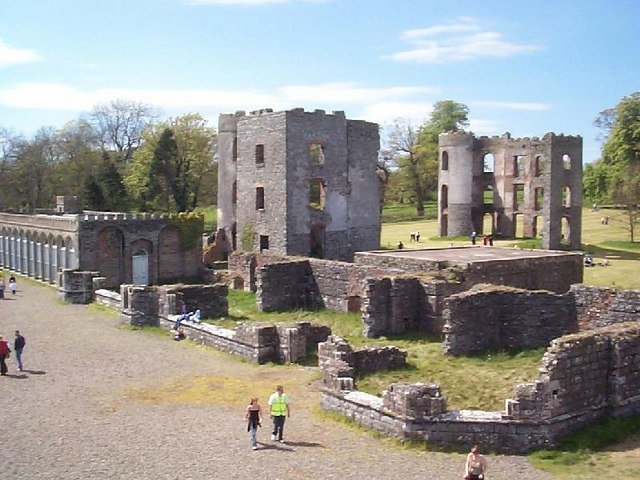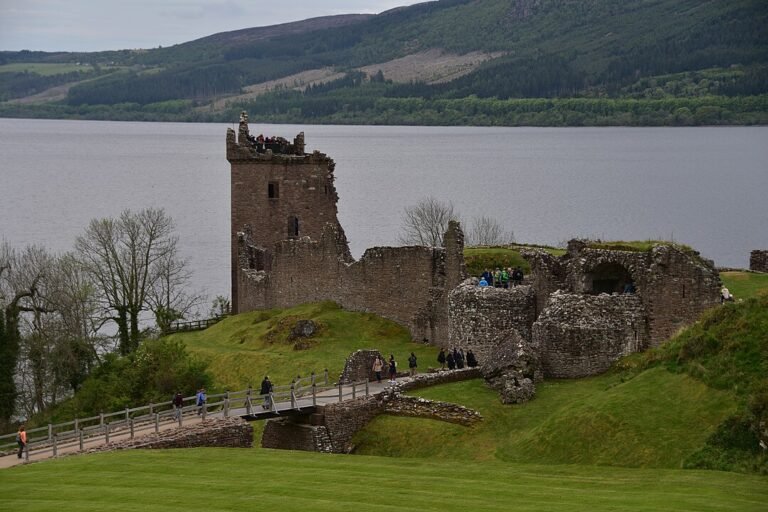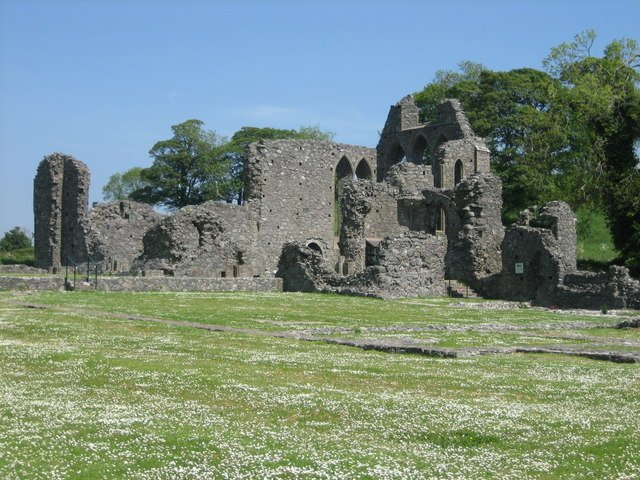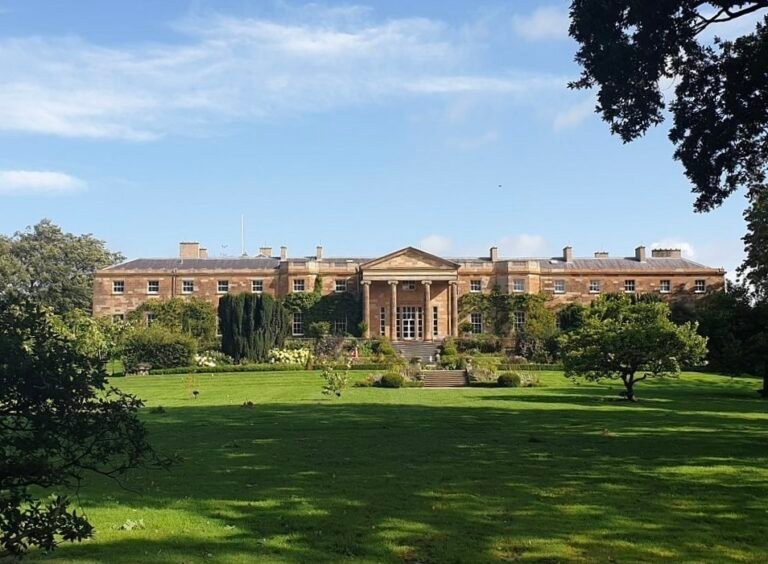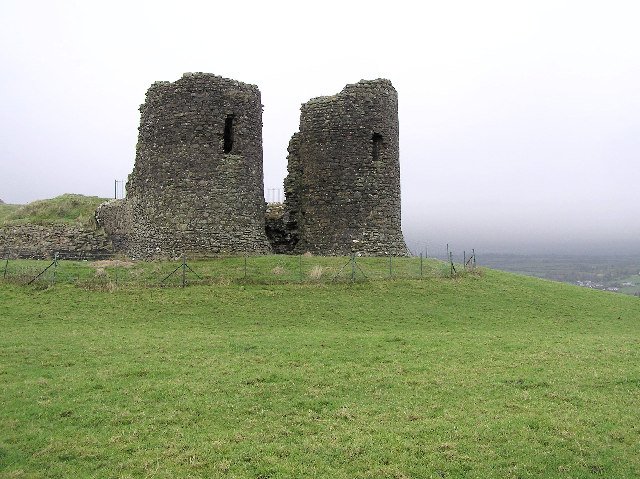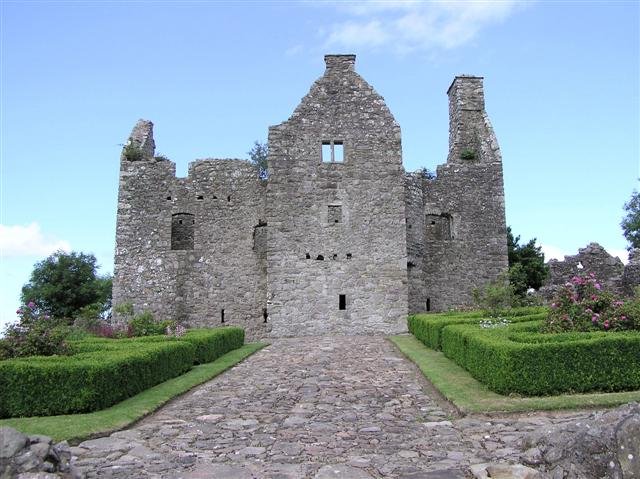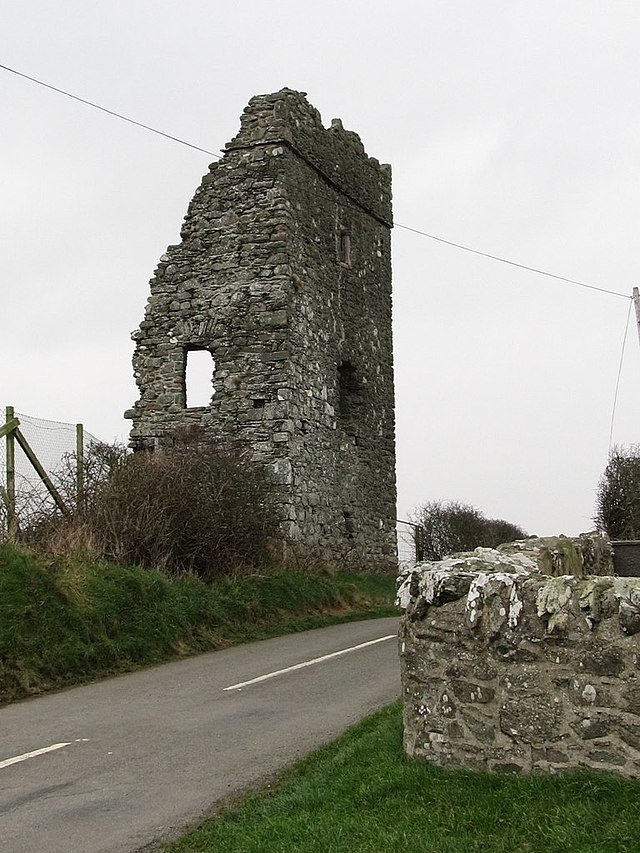Shanes Castle: A Complete Visitor’s Guide to Northern Ireland’s Historic Ruins
Shanes Castle, rising from the shores of Lough Neagh in County Antrim, is one of Northern Ireland’s most atmospheric and storied ruins. Its ivy-draped walls, haunting legends, and links to the powerful O’Neill dynasty have ensured its place as both a heritage landmark and a site of living folklore. Though destroyed by fire in 1816, the remains continue to captivate visitors drawn to its history, mystery, and cinematic allure.
In this extended guide, we’ll explore Shanes Castle in depth: its origins and dynastic significance, its haunted folklore, how to visit today, itineraries for families, couples, and solo travellers, seasonal events, and its wider role in the story of castles across the UK and Ireland.
Shanes Castle: A Deep Dive into History
Origins: The O’Neill Dynasty
The roots of Shanes Castle reach back to the late 14th century, when it was built by the O’Neill family, one of Ireland’s most influential Gaelic dynasties. Originally called Eden-duff-carrick (“The Brow of the Dark Rock”), the fortress stood as both a military stronghold and a statement of power.
The O’Neills of Clannaboy (Clann Aodha Buidhe) controlled large parts of Ulster and were central players in Gaelic resistance against English expansion. Shanes Castle became their family seat and a symbol of their dominance over the region.
From Eden-duff-carrick to Shane’s Castle
In 1722, the estate was renamed Shane’s Castle after Shane MacBrien O’Neill, cementing its association with one of the clan’s most prominent leaders. Over time, it was expanded into a grand residence with landscaped grounds, reflecting both Gaelic heritage and Anglo-Irish influences of the 18th century.
The Fire of 1816
The castle’s fortunes changed dramatically in 1816, when a devastating fire swept through the building. Although partial restoration was attempted, the structure never regained its former glory. The ruins that remain today speak to this moment of destruction, with charred stone walls overlooking the waters of Lough Neagh.
Political and Social Role
Beyond its architectural significance, Shanes Castle was central to Irish political life. The O’Neill family wielded significant influence, participating in rebellions, land negotiations, and cultural patronage. During the 18th and 19th centuries, the estate became known for hosting prominent visitors and elaborate social gatherings.
Shanes Castle: Folklore, Myths, and the Banshee
The O’Neill Banshee
Shanes Castle is inseparable from the legend of the O’Neill Banshee. Folklore tells of a spectral figure who wailed to warn the O’Neills of impending tragedies. The banshee was said to live in a small room in the castle’s walls, emerging only at moments of crisis.
Hauntings and Ghost Stories
Many visitors and locals claim the ruins are haunted. Ghostly apparitions, unexplained sounds, and eerie atmospheres have made Shane’s Castle a favourite subject for paranormal enthusiasts. It is often listed among the most haunted castles in Ireland, alongside Leap Castle and Dunluce Castle.
Cultural Legacy
The legend of the banshee has entered Irish cultural memory, contributing to Shane’s Castle’s reputation as more than just a ruin; it is a place where history and myth intertwine.
Why Visit Shanes Castle Today?
- Historic ruins: Explore ivy-covered remains of the once-grand O’Neill stronghold.
- Lakeside views: Its location on Lough Neagh, the largest freshwater lake in the British Isles, provides stunning scenery.
- Game of Thrones filming site: The estate was used in several scenes, appealing to fans of the series.
- Event venue: Medieval fairs, agricultural shows, and cultural festivals bring the grounds to life.
Shanes Castle: Visitor Information
Access and Opening Times
Shanes Castle is privately owned, meaning access is not permanent. Visitors can explore the grounds during special events, open days, or guided tours.
- Open: During events such as the Antrim Agricultural Show, Medieval Jousting Fairs, and seasonal festivals.
- Tickets: Prices vary depending on the event.
- Photography: Exterior photography is typically allowed, though drones are restricted.
Getting There
- By Car: Located near Randalstown, about 30 minutes from Belfast. Parking is organised during events.
- By Public Transport: Bus services run between Belfast and Randalstown, with short taxi connections to the estate.
- By Tour: Some Northern Ireland heritage and Game of Thrones tours include Shane’s Castle as a stop.
Accessibility
The ruins feature uneven ground, grassy areas, and limited paved pathways. Event organisers often provide specific accessibility details. The visitor experience is best for those able to navigate historic terrain.
Suggested Itineraries
Family-Friendly Day Out (1 Day)
- Morning: Visit Randalstown Forest Park and see the deer enclosure.
- Late Morning: Explore Shane’s Castle during an open event. Kids can enjoy medieval reenactments and festival activities.
- Afternoon: Picnic by Lough Neagh and enjoy lakeside walks.
- Evening: Dinner in Antrim town.
Romantic Couples’ Escape (2 Days)
- Day 1: Attend a Shane’s Castle event, stroll the grounds, and take sunset photos by Lough Neagh. Overnight in a lakeside cottage.
- Day 2: Drive the Causeway Coastal Route, stopping at Dunluce Castle and the Giant’s Causeway.
Solo Traveller’s History Trail (3 Days)
- Day 1: Explore Shane’s Castle ruins and folklore. Overnight in Antrim.
- Day 2: Visit Carrickfergus Castle and Belfast’s Titanic Quarter.
- Day 3: Tour Crumlin Glen and local historic villages before returning to Belfast.
Game of Thrones Themed Tour (2 Days)
- Day 1: Visit Shane’s Castle filming locations. Continue to the Dark Hedges for an iconic photoshoot.
- Day 2: Explore Ballintoy Harbour and Cushendun Caves, also used in the series.
Where to Eat Near Shane’s Castle
- The Elk Bistro & Winebar (Toomebridge): Traditional Irish meals with a modern touch.
- Clotworthy House Café (Antrim Castle Gardens): Tea, coffee, and light lunches.
- Village Cafés in Randalstown: Ideal for quick snacks and family stops.
Where to Stay
- Luxury: Dunadry Hotel and Gardens – a riverside hotel with spa and historic character.
- Mid-range: Holiday Inn Express Antrim – modern, budget-friendly.
- Unique: Lakeside cottages near Lough Neagh – cosy options for couples or families.
Shanes Castle: Seasonal Events and Experiences
- Spring: Medieval Jousting Fairs, complete with knights and archery.
- Summer: The Antrim Agricultural Show with livestock, crafts, and entertainment.
- Autumn: Harvest festivals and photography walks with autumnal colours.
- Winter: Occasional haunted tours and festive markets.
Comparing Shanes Castle with Other UK and Irish Castles
- Dunluce Castle (Northern Ireland): A cliffside ruin with breathtaking sea views.
- Carrickfergus Castle (Northern Ireland): A well-preserved Norman fortress.
- Leap Castle (Ireland): Famed for its hauntings, like Shane’s Castle.
- Edinburgh Castle (Scotland): A royal fortress towering over the city.
- Warwick Castle (England): A family-focused experience with live shows.
Shane’s Castle stands out for its mix of ruin, folklore, and film tourism appeal.
FAQs about Shanes Castle
What is Shanes Castle?
Shane’s Castle is a medieval ruin on the shore of Lough Neagh in County Antrim, Northern Ireland. It was originally built in 1345 by the O’Neill family and was largely destroyed by a fire in 1816.
Can the public visit Shanes Castle?
Access is limited. The castle is on private land and is only open to visitors by appointment or during special events, mainly between April and September.
Where is Shanes Castle located?
It is situated near Antrim town and Randalstown in County Antrim, roughly a 30-minute drive from Belfast.
What events are held at Shanes Castle?
The estate hosts the annual May Day Steam Rally, a popular vintage machinery and family event, along with occasional private or corporate functions.
Are there guided tours available?
Yes, tours are available, but must be arranged in advance. There is no regular daily public access.
What are the main features of the estate?
The estate includes castle ruins, woodland, farmland, and scenic views of Lough Neagh. It’s known for its history, legends, and conservation projects.
Are there any legends associated with the castle?
Yes, two of the most famous are the O’Neill Banshee, said to have foretold the 1816 fire, and the Black Face of Stone carving, which legend says is tied to the O’Neill family’s fortunes.
How should visitors prepare for a trip?
Book in advance, wear sturdy shoes for uneven ground, and plan to drive as public transport options are limited.
Final Thoughts
Shane’s Castle is more than a ruin; it is a living part of Northern Ireland’s story. From its O’Neill dynasty origins to its haunting folklore and modern role in film and events, it embodies the intersection of history, myth, and culture. Whether you visit during a lively fair or wander its ruins in quiet reflection, Shane’s Castle offers a deeply memorable experience on the shores of Lough Neagh.
